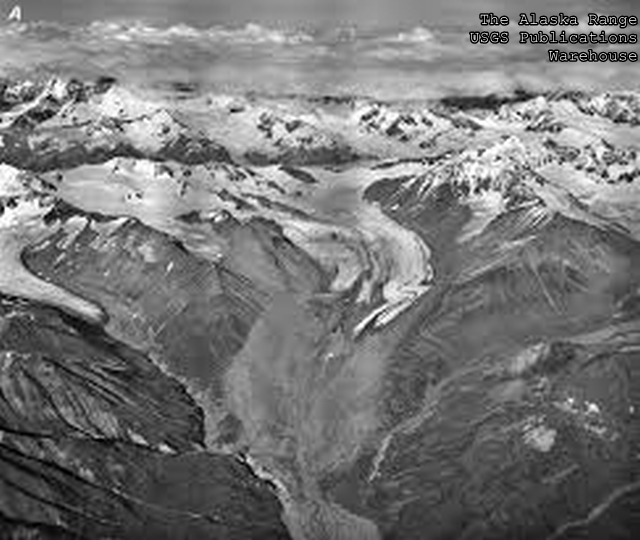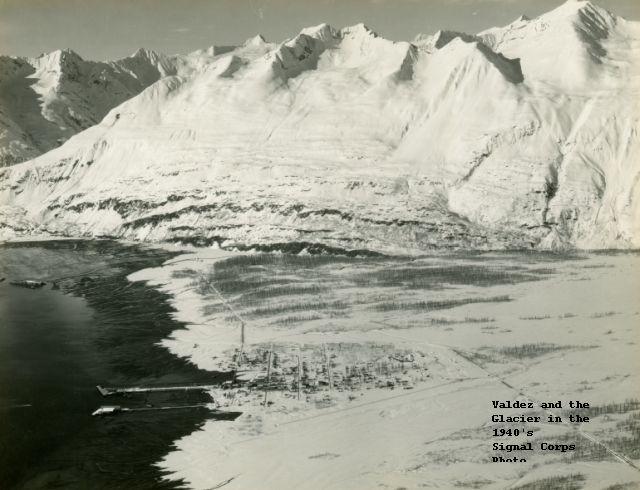
Blazing the 1800-mile path of the Alaska Highway, soldier topographers led the way into the subarctic wilds of Northern Canada and Alaska in 1942. The first road builders rushed into frigid British Columbia in March. The soldiers of the 29th and the 648th Topographic Battalions had come in February.
Instead of maps, the topographers had aerial photographs, and sometimes they didn’t even have those. They looked for local guides who could help. Johnny Johns in Yukon, an unnamed “native” in British Columbia and many, many others helped with trail blazing.
Pvt Russel and His Fellow Soldiers Didn’t Come Alone
A survey party, one officer and nine soldiers, headed into the woods, scouting a route with potential. Another team came behind them, running a quick survey and taping trees. Finally, a transit team following the tapes, finished the trail blazing by recording the centerline and elevations for the road builders headed their way.

Pack mules hauled their supplies and equipment and they pitched tents and bedded down wherever they could. They ate what they could carry on the mules and what they could shoot in the woods.

The path through the Canadian Rockies offered the toughest challenge. A local named McCusker had gouged out a rough trail many years earlier—a very rough trail. They could follow him. Or they could follow him for the first forty miles or so and then branch off to follow the Liard River and avoid at least some of the mountains.
But the branch along the Liard ran over the bane of the Alcan Project—decaying vegetation, swampy, frozen to solid ground in winter but boggy muck from spring to fall. The branch ran over muskeg.
Maybe McCusker had known what he was doing?
The soldier topographers followed McCusker.
Hiking Trails in British Columbia Today




























